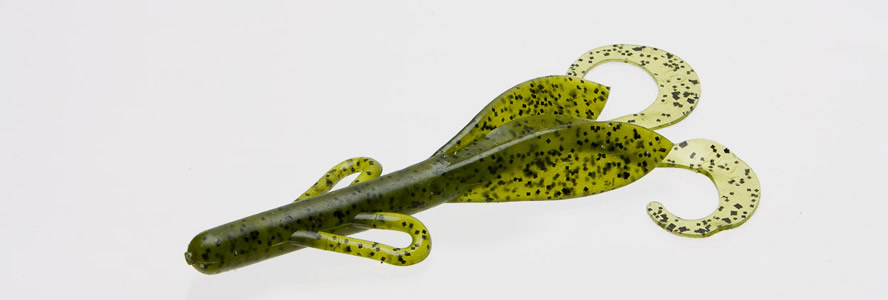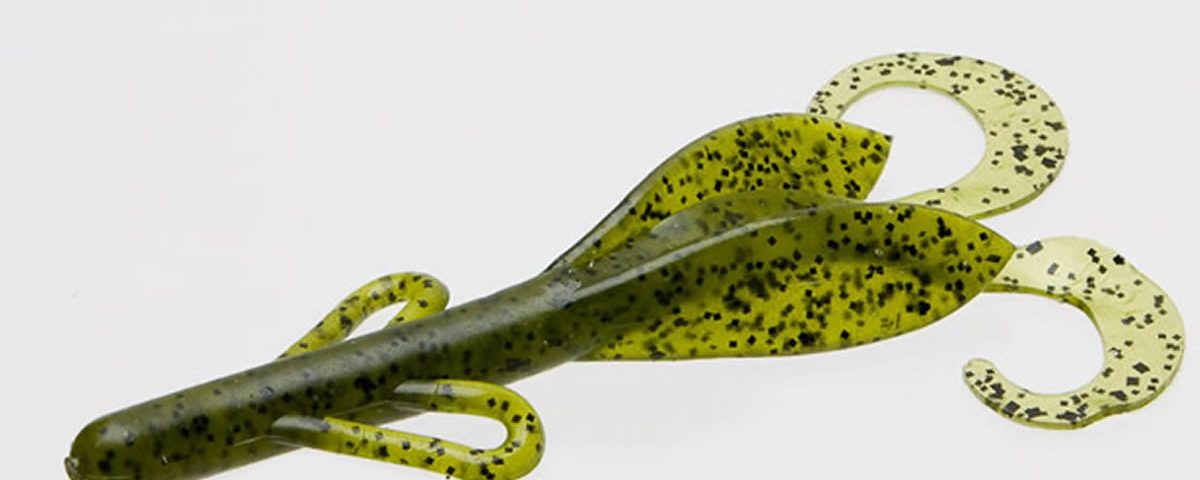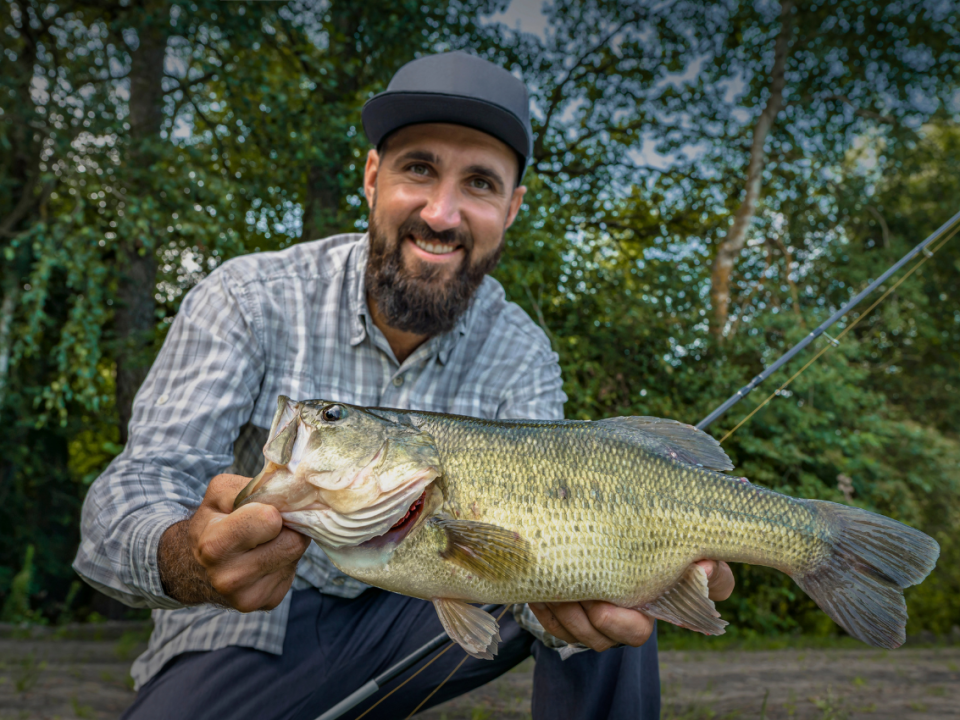
Worm fishing is a technique that every bass angler should know. Like most methods of fishing, some require additional skills like ” reading the line”. Others require us to use our “sixth sense” to detect those soft or delicate bites from bass. Well welcome to the world of worm fishing, because this is a combination of everything I just mentioned and more!
NOTE: -When I use the word worm, I am also referring to other soft plastic shapes and creatures, which can be fished by these methods.The need for sensitivity with worm fishing, albeit a four inch worm or a six inch brush hawg is the number one skill you must perfect if you are to be successful. When I first began fishing worms as a child dangling them under a bobber, the worm did all the work! Now, when using the plastic worm, you will have to make the imitation look so good, that the fish just cannot refuse it.
 Weightless worming is one of my favorite methods of fishing with just a hook and the worm. To successfully use this method the line must be lighter than you would normally use for Texas or Carolina rigging. I recommend no lighter than 6lb and no heavier than 12lb test. A 6-foot light spinning outfit will work well. Use a 1/0 hook for 4 to 6 inch worms, a 2/0 for 6 to 8in worms, 3/0 for 8 to 10 in worms and 4/0 or 5/0 for the really large worms over 10 inches in total length. Simple cast the worm into cover or onto a lilly pad located at the edge of a weed line. Allow it to fall slowly, watching the line for twitches or a sudden change in direction. To the fish, the worm will look as if it has fallen from the overhanging tree or from the top of the pads. Allowing the worm to reach the bottom. Do not retrieve line, just shake the rod and the worm will twitch on the bottom as if it is struggling to get back to the surface. This method is often very productive if the fish become finicky in they’re feeding habits. This is often caused by fishing pressure, a sudden change in the weather, or water levels going up or down. Using a floating worm over cover is also a very exciting method of worm fishing. Bright pink and yellow are perfect for this application as you can see the worm clearly and often watch the worm disappear as a bass engulfs it! Drag the bait in small movements over the cover, and then let it sit in spaces between pads or at the edge of weedbeds.
Weightless worming is one of my favorite methods of fishing with just a hook and the worm. To successfully use this method the line must be lighter than you would normally use for Texas or Carolina rigging. I recommend no lighter than 6lb and no heavier than 12lb test. A 6-foot light spinning outfit will work well. Use a 1/0 hook for 4 to 6 inch worms, a 2/0 for 6 to 8in worms, 3/0 for 8 to 10 in worms and 4/0 or 5/0 for the really large worms over 10 inches in total length. Simple cast the worm into cover or onto a lilly pad located at the edge of a weed line. Allow it to fall slowly, watching the line for twitches or a sudden change in direction. To the fish, the worm will look as if it has fallen from the overhanging tree or from the top of the pads. Allowing the worm to reach the bottom. Do not retrieve line, just shake the rod and the worm will twitch on the bottom as if it is struggling to get back to the surface. This method is often very productive if the fish become finicky in they’re feeding habits. This is often caused by fishing pressure, a sudden change in the weather, or water levels going up or down. Using a floating worm over cover is also a very exciting method of worm fishing. Bright pink and yellow are perfect for this application as you can see the worm clearly and often watch the worm disappear as a bass engulfs it! Drag the bait in small movements over the cover, and then let it sit in spaces between pads or at the edge of weedbeds.
Texas rigging is used all around the world with great success and it is a concept devised to get the worm to the bottom quickly and through thick cover. Heavier line to 18lbs test is required and a heavy action rod so that you can muscle the fish out of the weeds or fallen tree cover. A 6 to 6 1/2 foot bait-casting or spinning outfit will work with this application. Your needle nosed or cone shaped lead should fit tightly on top of the worm or slightly away from the head dependant upon conditions. I like to place the weight against the head if I am deep in thick cover. I find that the worm cuts through the weeds and surface cover quickly, minimizing snags. I will place the weight a 1/4 of an inch away from the head of the worm if the cover is not too dense. I have found that using a toothpick will secure the weight to the line. Just insert the toothpick into the lead head and snap off the excess. The wood will expand in water making the fit tighter. Placing the lead away from the worm allows a more fluid movement and gives the appearance that the worm is following something small. Bass like to ambush other smaller fish or creatures when there are apparently chasing something else, and so are not aware of the bass being present. Your presentation should be hopped or dragged along the bottom and paused so that the fish can get a look at the offering. Slow to moderate retrieval is best. As the weight is close to the worm, set the hook with a firm upward movement, this will ensure a good hook set.
Carolina rigging is a great way to cover water and also feel for structure on the bottom. With a 7 or 7 1/2 foot bait-casting rig, your main line can be as heavy as 20lb test. Rig a 1/2 or 3/4 ounce ball or pear-shaped lead and attach a link swivel. In rough weather conditions you can upgrade your lead weight to 2 ounces if necessary. (You may like to add a glass bead in between the weight and the swivel, which can be effective as a sound attractor, but I have often had fish bite the bead rather than the worm and so given false bite indication). This will stop the weight from sliding down to the hook. Next attach a length of lesser breaking strain line (12 to 15lb test) to the swivel which will determine at what distance from the bottom you want your worm to rise and fall from. I like to use a four-foot length of line but dependant upon water depth and clarity you may decide to make the leader from 18 inches to six-foot in length. Attach your hook dependent upon worm size (as mentioned above) and make your cast. Retrieve is slow and deliberate, dragging the weight along the bottom of the lake or pond. Long agonizing pauses may also be necessary, waiting to feel for those tell tale tugs from hungry bass. When you feel the resistance from a fish, your strike should be hard and to the side, not upward, as that can often pull the bait out of the fish’s mouth. A side ways hook set will pull the bait into the corner of the mouth and your hook up ratio is increased.
When Carolina rigging, you may also want to use a floating worm. This is often used if there is structure on the bottom, which might snag the bait if dragged. If you do, allow time for the worm to return to an upright position over the weight before beginning the retrieve. Many other lures can be fished by this method, I have Carolina rigged, small crankbaits, floating rattletraps, and even jerkbaits with great success in open water. Don’t forget, if you can show fish different lures in a presentation they have never, or could never have seen before, you have a greater chance of catching.




